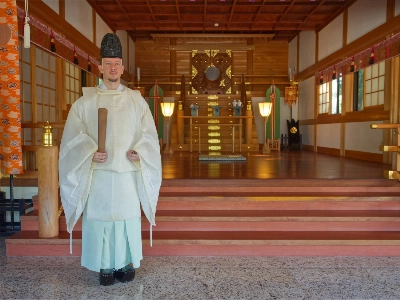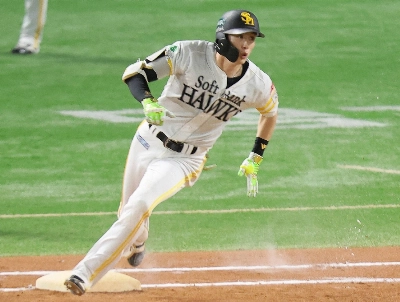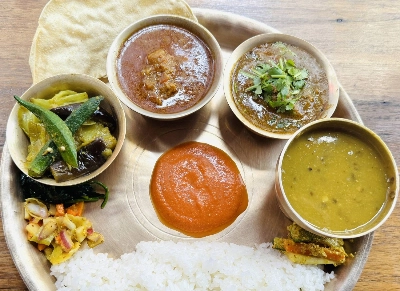The opening of the 16th Biennale of Sydney in June arrived on the heels of a national controversy in Australia, after police had removed works from an exhibition of renowned photographer Bill Henson in late May. Police deemed Henson's photographs of naked adolescent children to be indecent, although criminal charges were eventually dropped.
The incident sparked debate over the limits of artistic expression, with newly-elected Prime Minister Kevin Rudd, a devout Christian, decrying the works as revolting and without artistic merit. In July, a government-sponsored art magazine, Art Monthly Australia, took a stand on the issue by publishing a portrait of a nude 6-year-old girl on its cover. Rudd again spoke critically of what he perceived to be an abuse of innocence, and officials threatened to revoke the magazine's funding.
Given the high-profile feud between the government and the arts, it is perhaps appropriate that this year's biennale, with the theme "Revolutions: Forms That Turn," has been among the most popular ever. The exhibition spans several venues, including Sydney's two flagship art institutions, the Art Gallery of New South Wales and the Museum of Contemporary Art. Also in use for the first time are the derelict facilities of Cockatoo Island in Sydney Harbor, which once served as a prison and shipyards. Organizers expect 400,000 visitors by the time the event closes Sept. 7.


















With your current subscription plan you can comment on stories. However, before writing your first comment, please create a display name in the Profile section of your subscriber account page.